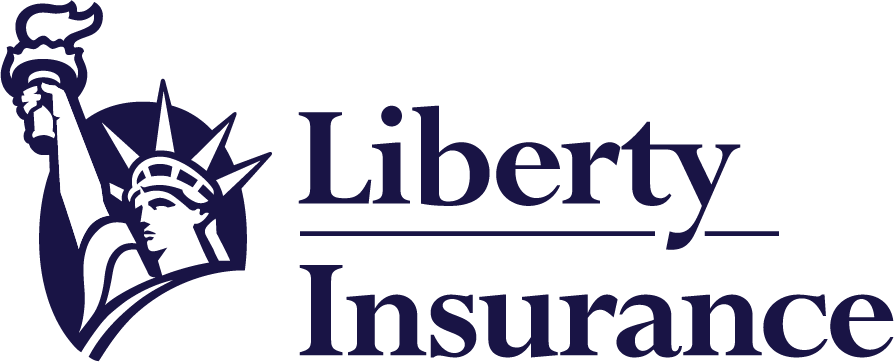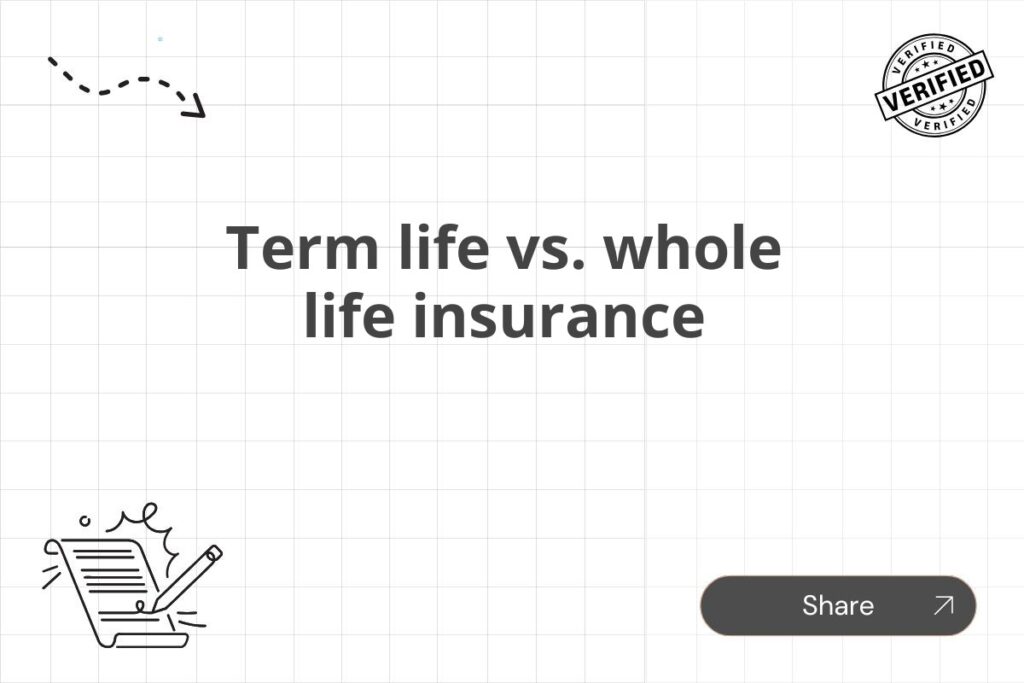Meta Description: Understand the key differences between term life and whole life insurance. This comprehensive guide helps you choose the best policy for your needs, comparing costs, benefits, and long-term financial implications. Make an informed decision today!
Choosing the right life insurance policy is a crucial financial decision, impacting your family’s future security. Two of the most common types are term life insurance and whole life insurance. While both offer death benefit payouts, their structures, costs, and benefits differ significantly. This comprehensive guide will delve into the intricacies of term life vs. whole life insurance, empowering you to make an informed choice aligned with your individual needs and financial goals.
Understanding the fundamental differences between these two types of insurance is key to selecting the appropriate coverage. Failure to do so could leave your loved ones financially vulnerable or result in unnecessary expenditure. This article will compare and contrast term life and whole life insurance across several key aspects, including cost, benefits, investment potential, and suitability for different life stages.
Term Life Insurance: Pure Protection
Term life insurance is a straightforward and cost-effective option providing coverage for a specific period, or “term,” such as 10, 20, or 30 years. If the policyholder dies within the term, the designated beneficiaries receive the death benefit. If the policyholder survives the term, the policy expires, and no further coverage is provided unless renewed, often at a higher premium.
Key Features of Term Life Insurance:
- Lower Premiums: Term life insurance generally offers significantly lower premiums compared to whole life insurance, making it an attractive option for those on a budget or prioritizing short-term coverage needs.
- Simple Structure: The policy is uncomplicated, focusing solely on providing a death benefit during the specified term. There are no cash value components or investment features.
- Coverage for Specific Needs: Term life is ideally suited for covering specific needs like mortgage payments, children’s education, or outstanding debts during a particular life stage.
- Renewable and Convertible Options: Many term life policies offer the option to renew the coverage at the end of the term, albeit at a higher premium, or to convert the policy to a whole life policy, albeit subject to underwriting requirements and potentially higher premiums.
- No Cash Value Accumulation: Term life policies do not build cash value, meaning there is no money available to borrow against or withdraw during the policy’s life. It is strictly a death benefit policy.
Whole Life Insurance: Lifetime Coverage and Cash Value
Whole life insurance, in contrast to term life, provides lifelong coverage, meaning the death benefit is payable whenever the insured person dies, regardless of when that occurs. Furthermore, whole life policies build cash value over time, creating a savings element within the policy.
Key Features of Whole Life Insurance:
- Lifetime Coverage: The primary advantage is lifelong protection, ensuring the death benefit is paid out regardless of when the insured passes away.
- Cash Value Accumulation: A portion of the premium contributes to a cash value component, which grows tax-deferred over time. This cash value can be borrowed against or withdrawn, although it may reduce the death benefit.
- Investment Component: The cash value component often earns interest, although the rate of return is usually modest and may vary depending on the policy’s structure and the insurer’s investment performance.
- Higher Premiums: Whole life insurance premiums are generally much higher than term life insurance premiums because of the lifetime coverage and cash value accumulation features.
- Complex Structure: Whole life insurance policies can be more complex than term life policies, often involving various riders and options that can impact premiums and benefits.
Term Life vs. Whole Life: A Detailed Comparison
The following table summarizes the key differences between term life and whole life insurance:
| Feature | Term Life Insurance | Whole Life Insurance |
|---|---|---|
| Coverage Period | Specific term (e.g., 10, 20, 30 years) | Lifetime |
| Premiums | Lower | Higher |
| Cash Value | None | Accumulates tax-deferred |
| Investment Feature | None | Present (usually with modest returns) |
| Suitability | Short-term needs, budget-conscious individuals | Long-term security, wealth preservation |
| Flexibility | Renewable and convertible options | Various riders and options available |
Choosing the Right Policy: Factors to Consider
The best type of life insurance depends heavily on your individual circumstances and financial goals. Several factors should be carefully considered:
- Financial Goals: What are you trying to achieve with life insurance? Are you primarily seeking to protect your family against financial hardship upon your death, or do you also want a savings or investment component?
- Budget: How much can you afford to pay in premiums each year? Term life insurance is typically more affordable, while whole life insurance demands a significantly larger financial commitment.
- Age and Health: Your age and health status will affect the premiums you will be quoted for both types of policies. Younger and healthier individuals tend to qualify for lower premiums.
- Risk Tolerance: Are you comfortable with the risk of your coverage expiring after a set term, or do you prefer the peace of mind that comes with lifetime coverage?
- Long-Term Financial Planning: Consider your overall long-term financial strategy. Does a whole life policy with its savings and investment component align with your broader financial goals?
Conclusion: Making an Informed Decision
The decision between term life and whole life insurance is personal and should be based on a thorough understanding of your individual needs and financial situation. While term life insurance offers affordable, short-term protection, whole life insurance provides lifelong coverage and a cash value component. It’s essential to carefully weigh the pros and cons of each option before making a commitment. Consulting with a qualified financial advisor can provide valuable guidance and help you choose the most suitable policy to safeguard your family’s financial future.
Remember, this information is for general guidance only and does not constitute financial advice. Always consult with a qualified insurance professional or financial advisor to discuss your specific circumstances and obtain personalized recommendations.






















